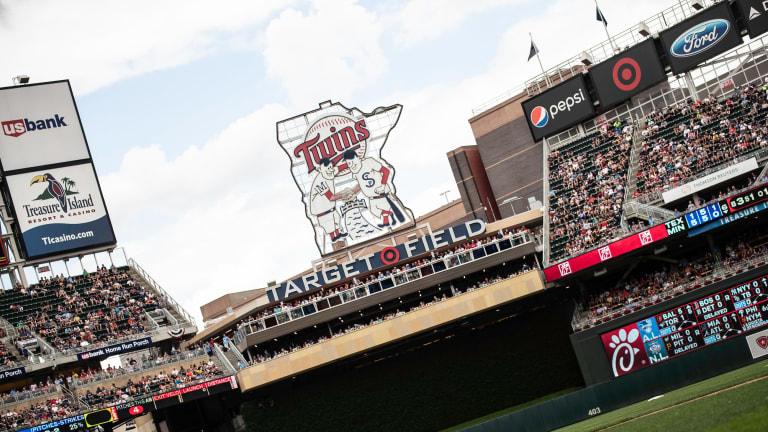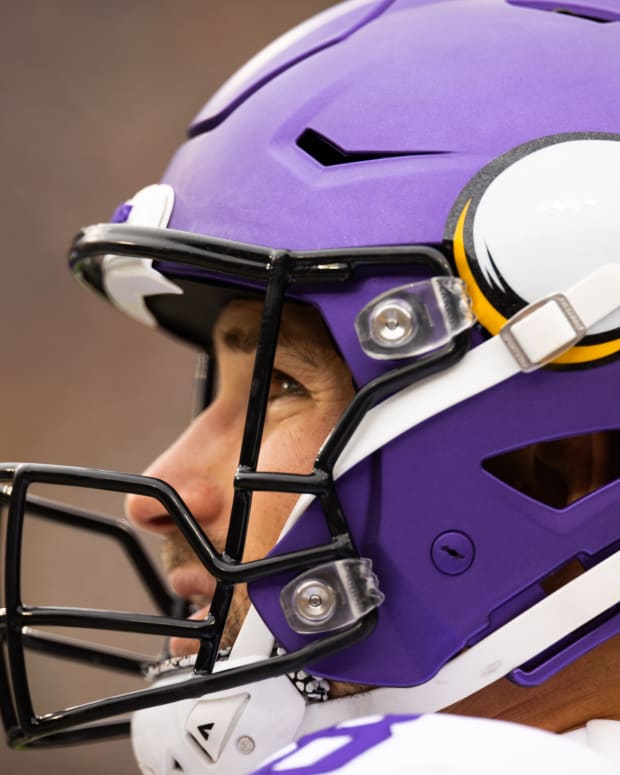
Twins Daily: Changes to the MLB Draft as a result of COVID-19

Major League Baseball, much like the rest of the world, is being hit hard by the fallout from COVID-19. We all know about the start of the regular season being pushed back, however, that is not the only thing in being affected, as the MLB Draft was in serious danger of not happening at all. Fortunately, MLB and MLBPA reached an agreement this past week that insured it will happen, albeit with some major alterations.
We will start by breaking down the new, agreed upon changes for the 2020 MLB Draft. The first thing to discuss is the cut in number of rounds. Since 2012, the MLB Draft has consisted of 40 rounds, spanning three days. However, this year’s draft will have a maximum of ten rounds and a minimum of five rounds (the exact number is still yet to be determined).
The slot value amounts for each pick in the 2020 Draft will be the same as the corresponding pick in the 2019 Draft. Players who do not get drafted, but still wish to turn pro, can sign for a maximum of just $20,000.
Given the limited number of rounds, it would make going pro a much tougher decision for the large number of players who still have college eligibility, along with players that have good job prospects outside of playing professional baseball. Additionally, the start date of the draft will be sometime between June 10th (the originally planned start date) and July 20th.
The decision to have five rounds, as opposed to ten rounds will have a major impact on the 2020 MLB Draft. The biggest impact is on the 150 players who would have otherwise been drafted between rounds six and ten. If the draft is ten rounds, those players will be able to sign much larger contracts, as the slot values for those picks would range between $142,200 and $301,600 and could still sign for above slot value.
However, if the draft is limited to five rounds, those players will only be able to sign for the undrafted maximum of $20,000, which could cause a large number of these players to pass on deals they would have otherwise signed.
Another impact that a five-round draft, as opposed to a ten-round draft, would have is the flexibility teams have early in the draft, as their bonus pools will shrink somewhere in the neighborhood of $1,000,000.
What this does, is it makes it harder for teams to overspend on a prospect in the early rounds that fell to them, as they will have a harder time making up for it by underspending in later rounds. This could cause of a lot of high school talent (who normally teams are paying over slot for) to pass on signing a contract, and instead opt to go the college route.
Having a five-round draft also lessens the benefit of undersigning players in the early rounds, as the teams will have fewer picks later on to get more value from by overspending on players that have fallen to them. This will probably have the biggest impact on the Minnesota Twins, as that is the strategy the current regime has preferred in their first three drafts since they took control.
A big factor that will drastically affect the MLB Draft is if the NCAA decides to grant an extra year of eligibility for NCAA Division I spring sport athletes, which includes college baseball. While it was previously considered to be a given that these athletes would get their year of eligibility back, financial concerns have caused this to come into question in the past week.
One possibility is that seniors will be granted the extra year of eligibility, while other classes would lose that year of eligibility. It sounds as though the NCAA will be voting on this issue this upcoming week, so hopefully we will have more clarity on this matter soon.
If the NCAA decides not to grant this extra year of eligibility, it would drastically increase the pool of players who will be looking to sign pro contracts, as all of the college seniors will be out of eligibility and look to continue their baseball careers at the professional level.
If that is the case, we could see a large number of players signing deals, at or below the $20,000 threshold, as undrafted free agents. However, if the NCAA decides to grant the extra year of eligibility, the number of players looking to sign pro contracts will be much smaller.
With the loss of most of the 2020 amateur baseball seasons, many teams did not get the opportunity to fully scout many of the players that will be available in the upcoming draft. This will put the preparation each team has for the draft to the test, as the teams that have done the most scouting work well in advance should have more information to work with than teams that lag behind in that area.
As a result of the shortened seasons, MLB will be looking to hold events (if possible) to increase the exposure teams have to these players. These events could include things such as workouts, showcase games, interviews and medical evaluations.
There are also a few changes that will be made to the 2021 MLB Draft, but most of those are still very much up in the air, depending on what happens with the 2020 MLB season. If the regular season is shortened below 81 games, MLB will have the right to make changes to the draft order. Additionally, the draft could be shortened to as few as 20 rounds. However, this is all still to be determined a little way down the road.
No matter what happens in the coming months, the MLB Draft will certainly look different, and we could see some interesting draft strategies that come from it. Fortunately, we will still be having an MLB Draft, something that only a week ago was not a given.
MORE FROM TWINS DAILY
— Latest Twins coverage from our writers
— Recent Twins discussion in our forums
— Follow Twins Daily via Twitter, Facebook or email
This story first appeared at Twins Daily and was re-shared through a collaboration with Bring Me The News.









